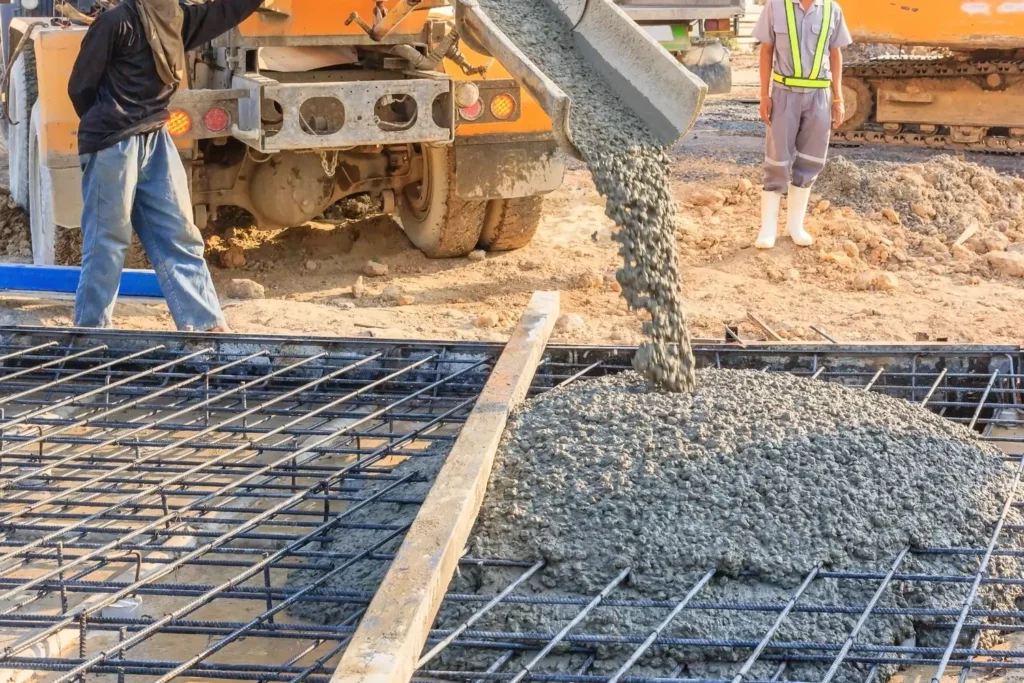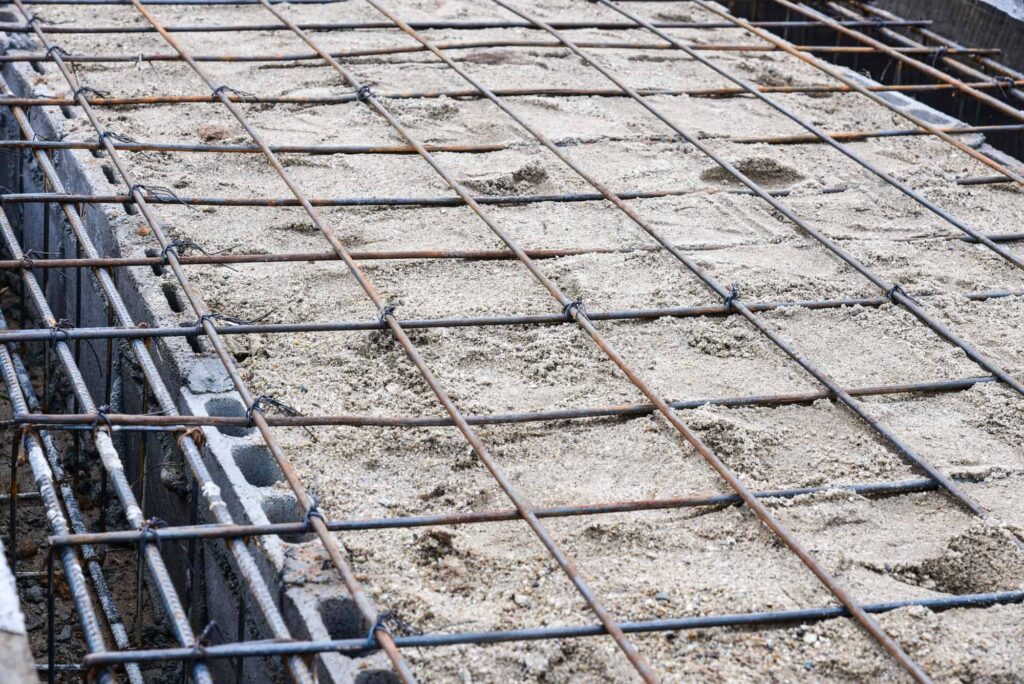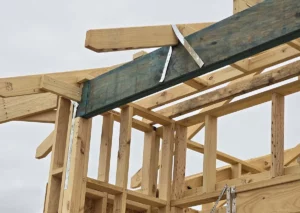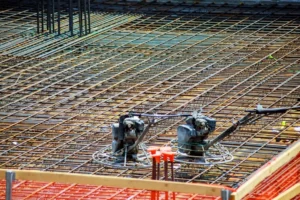When it comes to concrete reinforcement, one of the most critical elements to consider is the choice of reo bar. This steel bar plays a pivotal role in ensuring the strength and durability of concrete structures. Choosing the right reo bar can mean the difference between a resilient building and one that fails prematurely. This article will discuss essential tips for selecting the appropriate reo bar for your concrete reinforcement needs.
Understanding the Importance of Reo Bar in Concrete Reinforcement
Reo bar, or reinforcing steel bar, is embedded in concrete to enhance its tensile strength. Concrete is naturally strong in compression but weak in tension; thus, incorporating reo bar allows structures to withstand various forces and loads.
In conclusion, several factors influence the selection of reo bar for concrete reinforcement. By thoroughly considering environmental conditions, safety guidelines, material composition, and long-term needs, one can make an informed decision that contributes to the structural integrity and durability of the construction project.
The integration of reo bar has become a standard practice in construction. It not only improves the structural performance of concrete but also contributes to the overall longevity of structures. As such, understanding the significance of selecting the right reo bar is vital for civil engineers, builders, and homeowners alike.
The Role of Reo Bar in Structural Integrity
Structural integrity refers to the ability of a structure to withstand its intended load without experiencing failure due to deformation or collapse. Reo bar plays an essential role in maintaining this integrity by carrying tensile loads and preventing cracks from forming in the concrete.
Correctly placed reo bars can significantly improve a structure’s resistance to bending and shear forces. This is particularly essential in areas prone to seismic activity or heavy traffic loads, where the stresses on the building materials are significantly increased. Additionally, the placement and spacing of reo bars are critical; improper installation can lead to weak points in the structure, making it more susceptible to damage over time. Engineers often use computer modeling and simulations to determine the optimal configuration of reo bars, ensuring that they provide maximum support where it is needed most.

Why Quality Matters in Reo Bar Selection
When choosing reo bar, quality is a non-negotiable factor. High-quality materials ensure that the reo bar can adequately support the loads imposed on it. Substandard reo bars can lead to various issues, including premature failure, safety hazards, and increased costs in repairs.
It’s crucial to select reo bar that meets relevant standards and certifications. Reo bars must comply with specifications such as ASTM A615 or A706 in the United States, which ensures they meet rigorous performance and quality criteria. Furthermore, the manufacturing process of reo bars should be scrutinized; processes that include proper heat treatment and surface preparation can enhance the bond between the steel and concrete, thereby improving overall performance. In addition to adhering to standards, sourcing reo bars from reputable suppliers can provide peace of mind, ensuring that the materials used in construction are reliable and durable. This proactive approach not only safeguards the structural integrity of buildings but also protects the investments made by homeowners and developers alike.
Key Factors to Consider When Choosing Reo Bar
Before making a decision on which reo bar to use, several key factors should be evaluated. These factors will guide your selection and help ensure that you choose the best possible option for your specific project needs.
Material Composition and Durability
The composition of reo bar directly affects its durability and strength. Common materials for reo bar include carbon steel and stainless steel, each offering different advantages and drawbacks. Carbon steel is widely used due to its strength and cost-effectiveness, while stainless steel offers superior resistance to corrosion. Read more about carbon at https://carboninstitute.org/
For projects in harsh environments, selecting a corrosion-resistant material could be vital for prolonging the life of the structure. Durability tests and material certifications are essential to ensure that the chosen reo bar can withstand the environmental conditions it will face. Furthermore, the addition of coatings or treatments can enhance the performance of carbon steel reo bars, making them more suitable for specific applications where exposure to moisture or chemicals is a concern. Understanding the specific environmental factors at play can help in making a more informed choice.
Size and Shape Considerations
The size and shape of the reo bar also play a crucial role in its performance. Reo bars come in various diameters and can be straight or bent, depending on the specific application. Selecting the appropriate size ensures that the reo bar fits within the design requirements, allowing for optimal load distribution.
Additionally, the shape of the reo bar can influence how forces are transmitted through the concrete. For instance, bent bars may better fit specific configurations or load paths, offering improved structural performance. It’s also worth noting that the spacing between reo bars can affect the overall integrity of the concrete structure; tighter spacing may provide enhanced strength but could also lead to increased material costs. Therefore, a careful analysis of both size and spacing is crucial to achieving the desired structural outcomes.
Cost vs Quality Trade-offs
While budget considerations are essential in any construction project, sacrificing quality for lower costs can have detrimental consequences. It’s vital to balance these two aspects, ensuring that the selected reo bar meets quality standards while remaining within the project’s budget.
Long-term savings should be considered; investing in higher quality reo bar can reduce maintenance costs and significantly extend the lifespan of the structure, ultimately leading to a better return on investment. Moreover, the potential for future repairs or reinforcements should not be overlooked; choosing a lower-quality reo bar may lead to increased expenses down the line if structural issues arise. Evaluating the total cost of ownership, which includes installation, maintenance, and potential replacement costs, can provide a clearer picture of the financial implications of your choice.
The Impact of Environmental Conditions on Reo Bar Selection
Environmental conditions play a significant role in the performance and durability of concrete structures. The type of environment in which a project is located can influence the selection process for reo bar significantly.
Weather and Climate Considerations
Extreme weather conditions, such as high humidity, heavy precipitation, or severe temperature fluctuations, can adversely affect the performance of both concrete and reo bar. In regions with high moisture levels or exposure to saltwater, selecting rust-resistant or coated reo bars may be essential. Click here to find more about moisture.
Furthermore, in areas with significant temperature variations, the chosen reo bar should accommodate thermal expansion and contraction to prevent damage to the concrete. This necessitates selecting materials that maintain their integrity throughout these changes. For example, epoxy-coated reo bars are often favored in coastal regions where salt exposure is prevalent, as they provide an additional layer of protection against corrosion. Additionally, the use of stainless steel reo bars can be a viable option in environments with extreme conditions, offering enhanced longevity and performance.
Soil Type and Ground Conditions
The type of soil and ground conditions where the structure will be built also affects the choice of reo bar. Clay soils, for instance, can retain moisture, leading to increased corrosion risks for reo bars. In such cases, using higher-grade or corrosion-resistant bars might be necessary.
Additionally, if the site is subject to seismic activity or unstable soil conditions, the selected reo bar should be able to withstand such forces and provide sufficient safety margins, ensuring structural stability. The design of the reo bar layout can also be influenced by soil compaction and load-bearing capacity, necessitating a careful analysis of geotechnical data prior to construction. In regions prone to landslides or shifting earth, engineers might opt for a combination of traditional reo bars and advanced composite materials that offer flexibility and strength, thereby enhancing the overall resilience of the structure.

Safety Considerations in Reo Bar Selection
Safety is paramount in any construction project. Selecting the right reo bar involves ensuring that all safety considerations are taken into account to prevent structural failure while maintaining compliance with standards.
Load-Bearing Capacity and Safety Margins
The load-bearing capacity of the reo bar must be assessed in relation to the project requirements. Each project has specific load demands that the structure needs to withstand, from dead loads to live loads.
Incorporating a safety margin during the selection process helps safeguard against unexpected loads or stresses. Consulting structural engineers can provide valuable insights into calculating these requirements accurately. Additionally, it’s important to consider environmental factors that may affect load-bearing capacity, such as seismic activity, wind loads, and soil conditions. These factors can significantly influence the performance of the reo bar over time, making it crucial to choose materials that are not only strong but also resilient to changing conditions.
Compliance with Building Codes and Standards
Adhering to local and national building codes is essential when selecting reo bar. Compliance ensures that the materials used meet specified safety standards and performance criteria, reducing risks associated with structural failure.
It’s vital to confirm that the chosen reo bar meets all relevant regulations, and working with knowledgeable professionals can help navigate the complexities of code compliance and ensure that safety is prioritized in the selection process. Furthermore, staying updated with any changes in building codes is critical, as regulations can evolve based on new research or advancements in material technology. Engaging with industry associations or attending workshops can provide valuable information on best practices and emerging trends in construction safety, ultimately enhancing the overall integrity of the project.
Long-Term Maintenance and Durability of Reo Bar
When selecting reo bar, considering long-term maintenance needs is paramount. Structures require ongoing attention to remain safe and functional; hence, understanding the durability of materials used will facilitate better maintenance practices.
Corrosion Resistance and Longevity
Corrosion is one of the primary threats to the durability of reo bar within concrete. Therefore, selecting corrosion-resistant options is crucial for enhancing the longevity of the structure. Coated reo bars or those made from stainless steel can provide better performance in environments prone to corrosion. Moreover, the use of epoxy-coated bars has gained popularity due to their ability to withstand harsh chemical exposures, making them ideal for structures in marine or industrial settings where salt and other corrosive substances are prevalent.
Longevity is essential for minimizing replacement costs and extending the service life of a building. Ensuring that the selected reo bar can resist environmental threats will greatly benefit future maintenance efforts. Additionally, advancements in technology have led to the development of innovative materials, such as fiber-reinforced polymers, which offer an alternative to traditional steel bars. These materials not only provide enhanced corrosion resistance but also contribute to a lighter overall structure, reducing the load on foundations and potentially lowering construction costs.
Maintenance Requirements and Costs
Understanding the maintenance requirements of reo bar will facilitate better planning for ongoing costs associated with the structure’s upkeep. Regular inspections, especially in harsher environments, will be necessary to identify potential issues early on. This proactive approach can significantly reduce the risk of catastrophic failures and extend the lifespan of the concrete structure. Employing advanced monitoring technologies, such as embedded sensors, can also provide real-time data on the condition of the reo bar, allowing for timely interventions and more efficient maintenance strategies.
By selecting high-quality and durable reo bar, the amount of maintenance required can be minimized, providing savings in both time and money over the life of the structure. Assessing maintenance costs as part of the overall selection process ensures a comprehensive approach to concrete reinforcement. Furthermore, engaging with experienced professionals during the design and construction phases can help identify the best practices for installation and maintenance, ultimately leading to a more resilient structure that can withstand the test of time. Investing in quality materials and proper maintenance planning is not just a cost-saving measure; it is a commitment to safety and sustainability in construction.
Other resources: How Reobar Supports Structural Integrity in Construction Projects


